Frequent communication in multiple modes was key
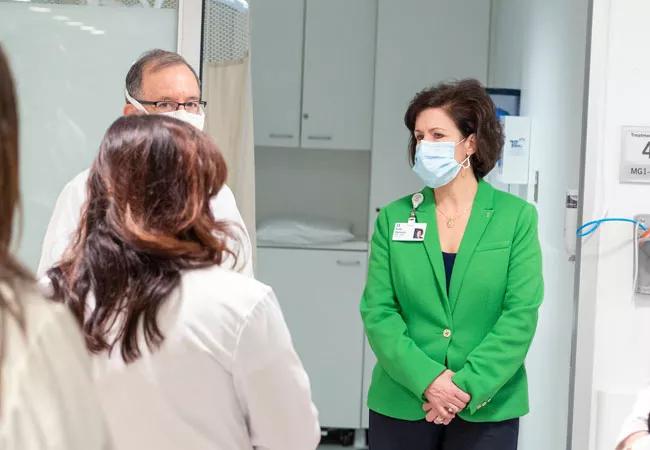
As far back as January 2020, Cleveland Clinic’s Nursing Executive Leadership team was preparing for the coronavirus pandemic. Nurses represent the largest caregiver group at Cleveland Clinic, with 23,000 members working throughout the 6,026-bed health system, which encompasses a 165-acre main campus and hospital, 17 additional hospitals and more than 220 outpatient facilities and locations in Northeast Ohio, Southeast Florida, Las Vegas, Toronto, London and Abu Dhabi. With such a large workforce around the world, then Executive CNO K. Kelly Hancock, DNP, RN, NE-BC, FAAN, knew that regular and robust communication was critical.
Cleveland Clinic is a non-profit academic medical center. Advertising on our site helps support our mission. We do not endorse non-Cleveland Clinic products or services. Policy
“It was about keeping everyone informed so our nurse caregivers knew what we were doing and what was expected of them,” says Meredith Foxx, MSN, MBA, APRN, PCNS-BC, PPCNP-BC, CPON, who became interim Executive Chief Nursing Officer last June when Dr. Hancock was named Chief Caregiver Officer for Cleveland Clinic. Foxx was named ECNO in October 2020. “We also wanted our nursing staff to know that we were focused on keeping them safe and protected from the virus.”
Realizing that the pandemic was likely going to continue for months, nursing leaders acknowledged the need to be flexible and make the best decisions with the information available at the time. “We were – and are – constantly learning and adapting,” says Foxx. “Executive leaders instilled their trust that our leaders would communicate downstream and be transparent in delivering COVID-19 updates to caregivers. In this situation, over-communication did not exist.”
At Cleveland Clinic, leadership teams communicated around-the-clock. Dr. Hancock and Edmund Sabanegh, MD, President of Main Campus and Regional Hospitals, led planning for the organization. The decision-making cycle was rapid – from resource preparation and planning to necessary improvements, process changes and more.
In March, Dr. Hancock and Foxx began meeting with Cleveland Clinic’s Executive Leadership Team almost daily to make decisions. They initiated daily calls at 5 p.m. with all nurse leaders and CNOs across the enterprise. Afterward, an executive briefing was distributed to all attendees. Nursing leaders would then communicate with their teams during daily huddles and cascade information to clinical nurses across the organization to keep them informed of fast-changing events and protocols, as well as statistics on national, Ohio and Cleveland Clinic censuses for COVID-19 patients.
To ensure that important information was disseminated to all caregivers, Nursing also used virtual town halls, including a monthly Enterprise Nursing Leadership town hall and monthly personal protective equipment update meetings with nurse leaders across the system. Each Enterprise Nursing Leadership town hall began with updates from Hancock and ended with a Q&A. The agenda for June featured information on clinical reactivation, staffing updates, human resource updates, financial stewardship, infection prevention accountability and a time for gratitude. A new hero program was developed so that a nurse who had gone above and beyond could be recognized with an award.
Working with corporate communications, nursing leadership developed numerous communication platforms throughout the spring and summer covering topics such as donning and doffing of personal protective equipment, handling visiting hours with patients, and facilitating visits between COVID-19 patients and their families via iPad. Nurse managers routinely received one-page “mini-meeting” tools with pertinent information to share during huddles, and information was also housed on the Nursing Institute’s intranet site for quick reference.
Cleveland Clinic launched a COVID-19 Toolkit on its intranet with dozens of resources for caregivers and staff. The toolkit includes a dropdown menu specifically for nursing, featuring the following:
“The toolkit houses everything a caregiver would need as a resource,” says Terri Murray, MSN, RN, NEA-BC, Nursing Director for the Respiratory Institute, the Head & Neck Institute and Infectious Disease, Main Campus.
The multi-pronged approach to providing open, frequent communication has been a success. “You can’t overestimate the power of communication, particularly from leaders,” says Hancock.
But rather than simply rely on anecdotal evidence that the organization was handling the pandemic well in the eyes of its employees, Cleveland Clinic conducted a brief survey of caregivers in June to gauge whether or not they felt supported. The engagement scores were 85%, with caregivers citing effective communication among leadership.
“There were so many efforts among our leaders – being present on the units, making daily calls and building a dedicated intranet site. It was incredible!” says Dr. Hancock. “Our nurses really appreciated authentic, transparent communication.”

Phone triage system reduces call backs and delays in care
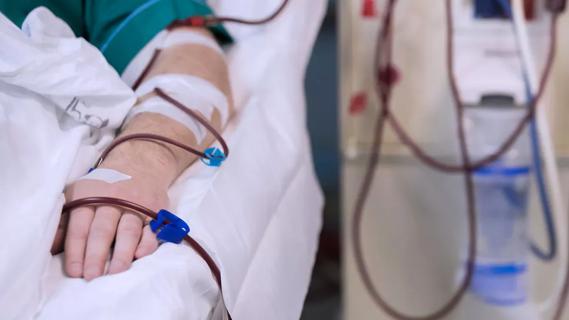
New protocol reduces costs, increases patient and caregiver satisfaction
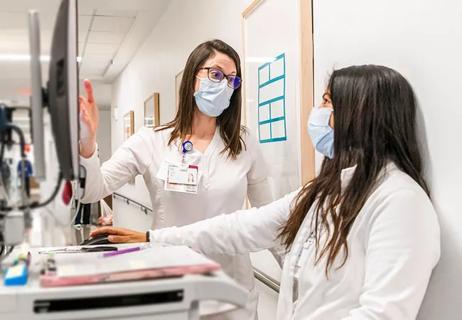
New options benefit caregivers, nursing units and patients
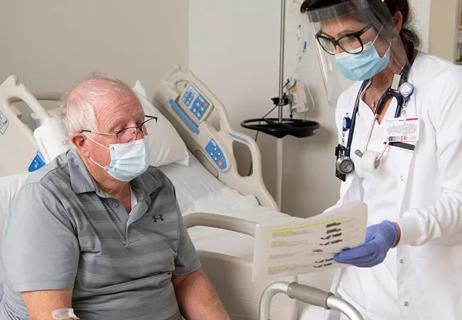
Nurses facilitate preoperative program to educate and prepare patients for ongoing care
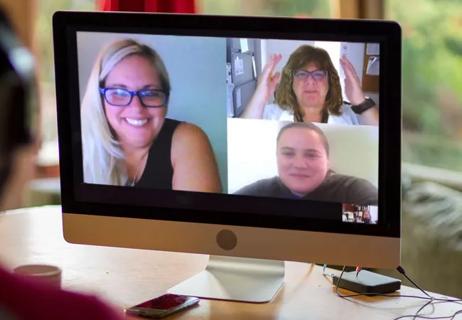
Introduces at-home work and new patient screening tool
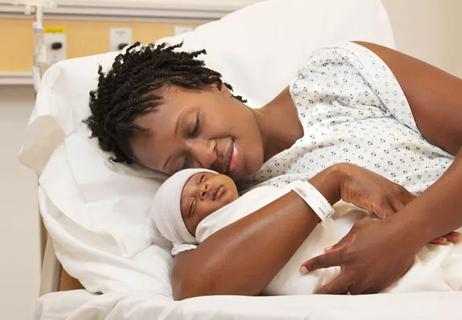
Health disparities, mental health and more

Ideas for approaches to prevention, response and more
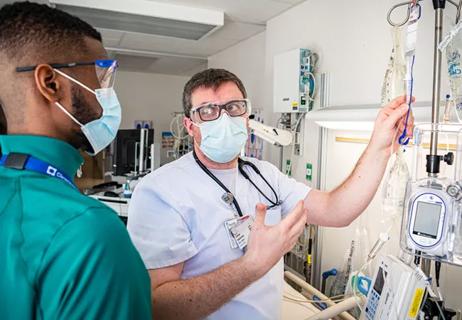
Educating and developing generations of nurses